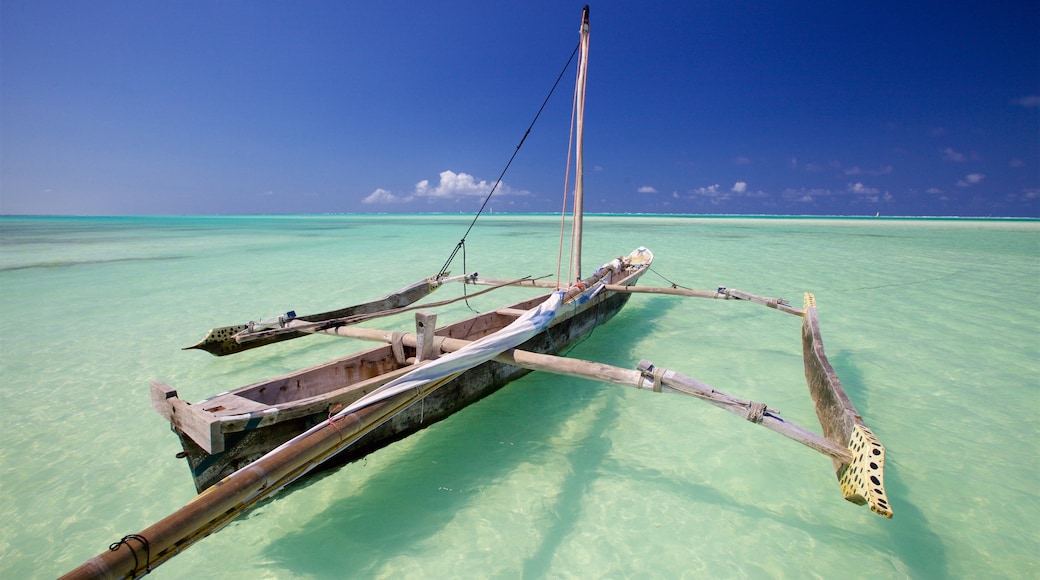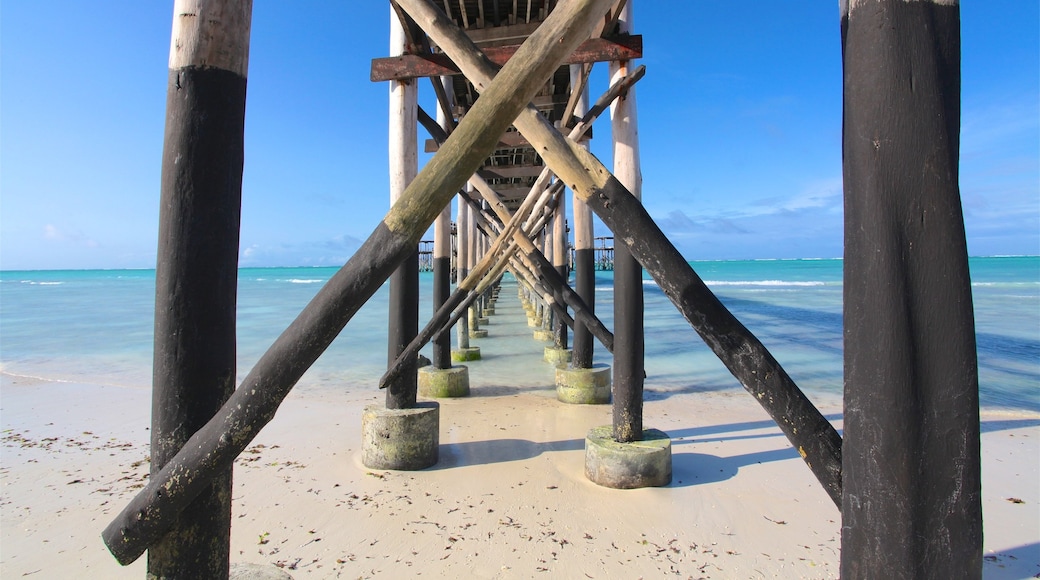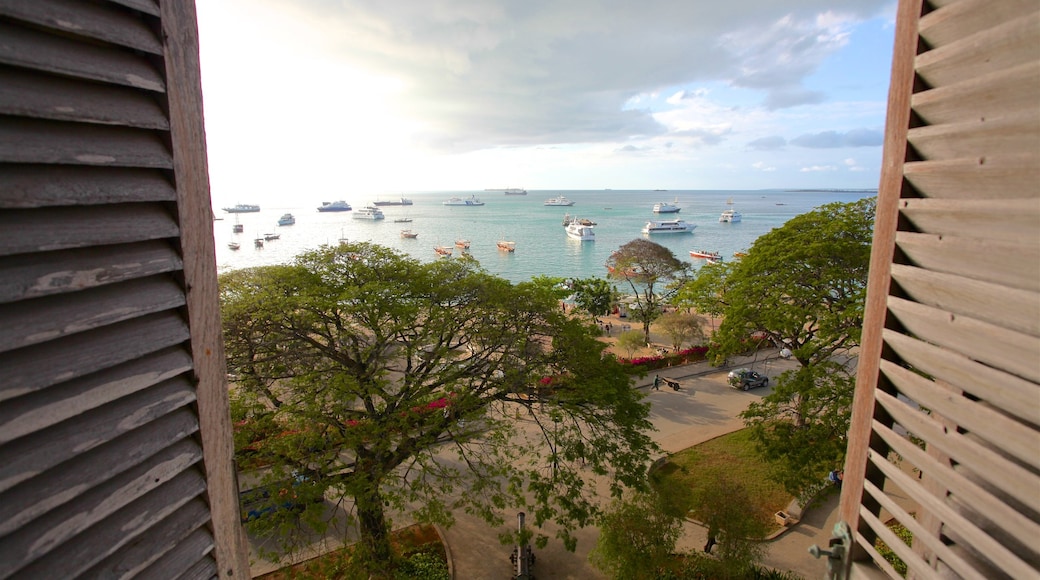The exotic island of Zanzibar has been populated for more than 20,000 years. See the UNESCO World Heritage site of Stone Town, with a millennia of blended history of Swahili, Arabian, Indian and European cultures. Relax on beaches with soft white sand and clean blue waters.
Many Stone Town buildings were constructed during the 1700s and 1800s. See architecture made of coralline ragstone and wood from the area’s mangroves. The Old Fort overlooks the Indian Ocean, built on the site where a Portuguese church once stood. Next to it is the House of Wonders, housing the Beit El-Ajaib National Museum. Gaze up at its wide verandas and imagine its days as the mansion of a wealthy sultan. In front of these buildings, stroll along the walkways in Forodhani Gardens, where fishermen and artisans display their products.
Walk to the Anglican Church to learn about the region’s past as a Slave Market. Inside are displays describing this history as well as a memorial to David Livingstone, the missionary, explorer and avid abolitionist. Outside is the artwork Memory for the Slaves, depicting five slaves in chains.
Travel north to Nungwi, which has one of the island’s favorite spots for sun and sand, Nungwi Beach. Visit the Mnarani Natural Aquarium, where local residents and conservationists have established a center to rescue and nurture hawksbill and green turtles and release them to the ocean every February. Spend a month or more here as a volunteer or swim with the turtles in a protected lagoon during a daytrip.
Paje Beach on the eastern coast has extreme tides, resulting in long stretches of sand when the tide is out. Rent equipment to try kite surfing. Scuba near Mnemba Island off the northeastern shore.
Ferry to Zanzibar from Dar es Salaam in about 2 hours or fly to Zanzibar International Airport, about a 15-minute drive south of Stone Town. Rent a car to travel conveniently around this relatively small island.















